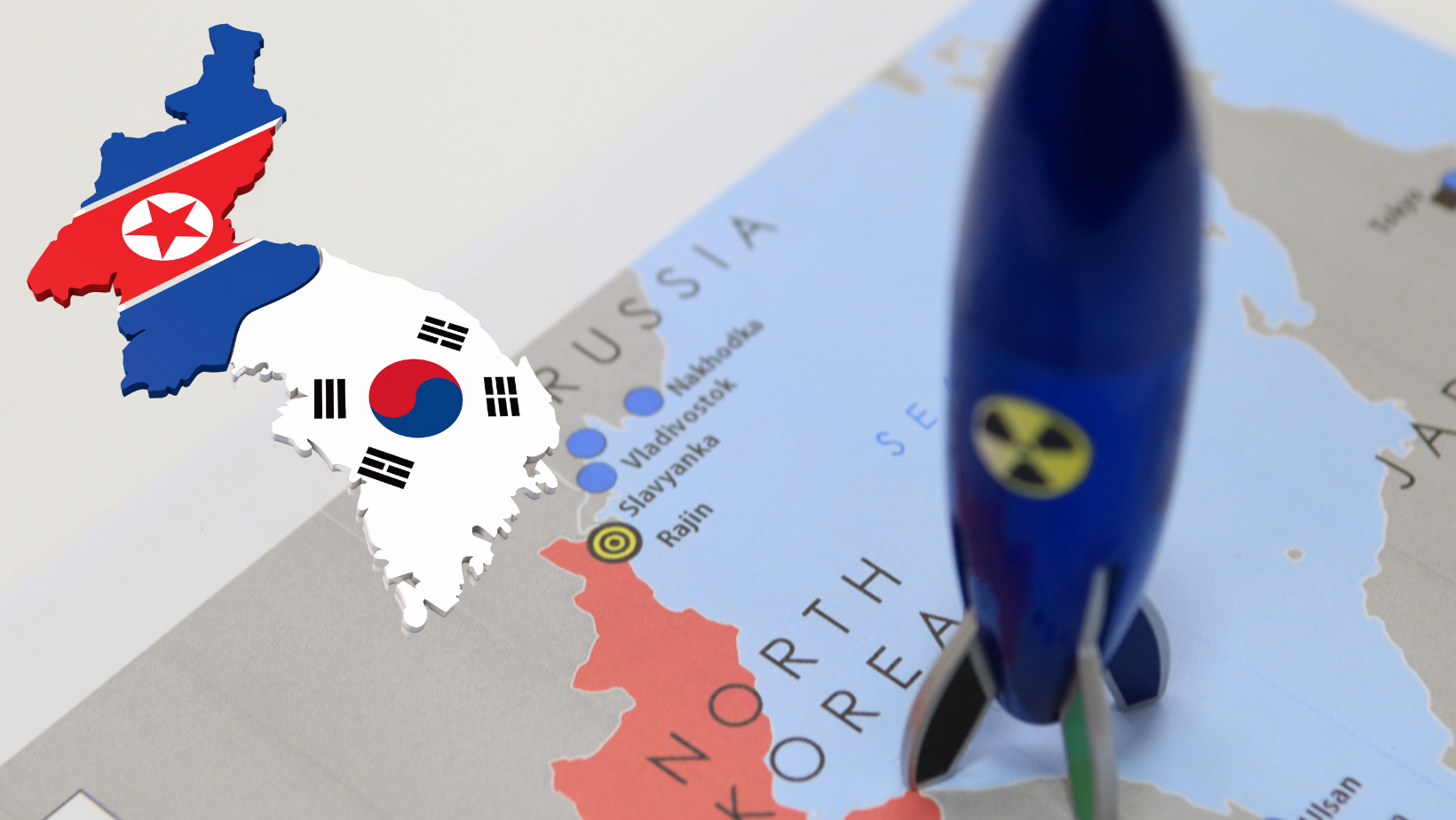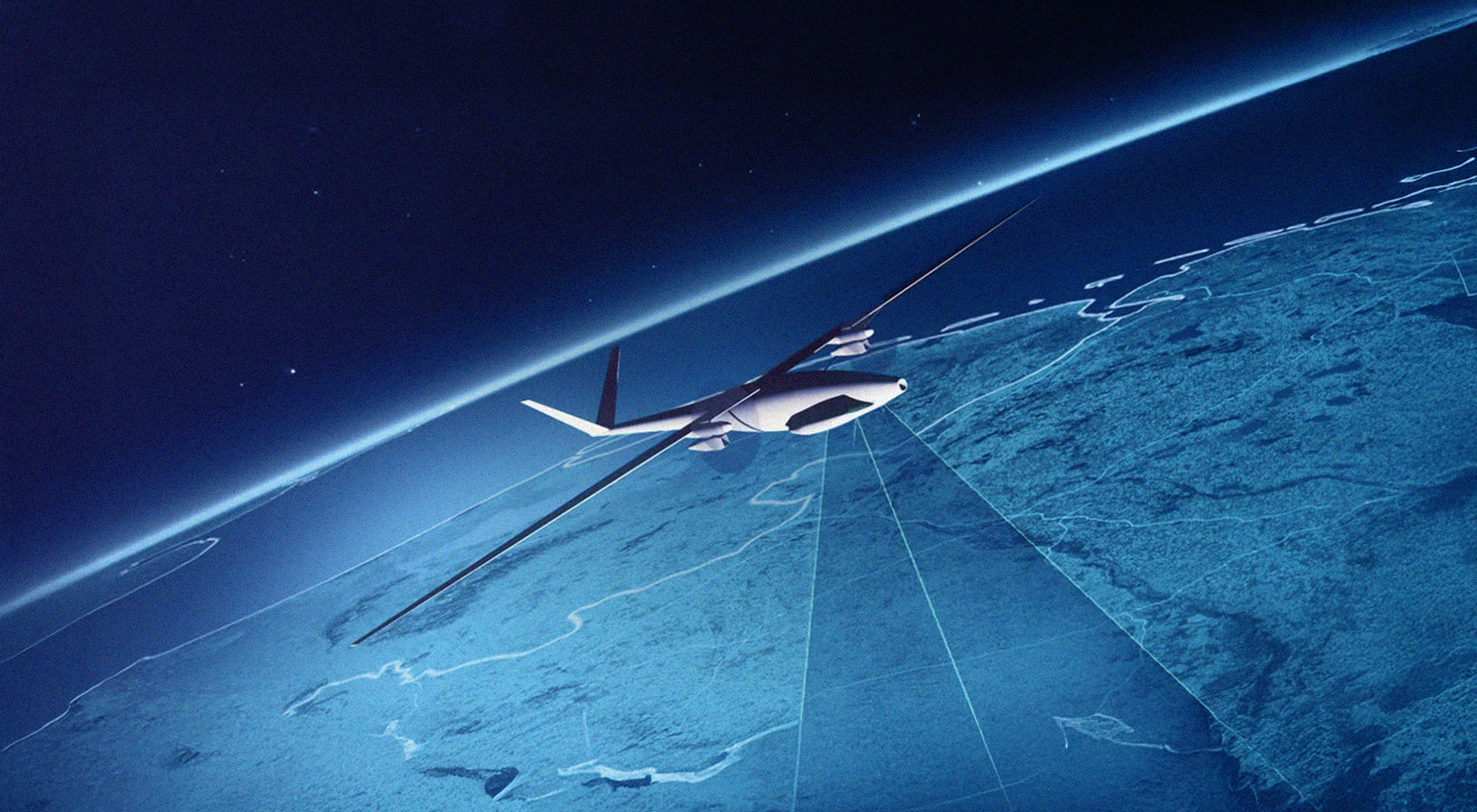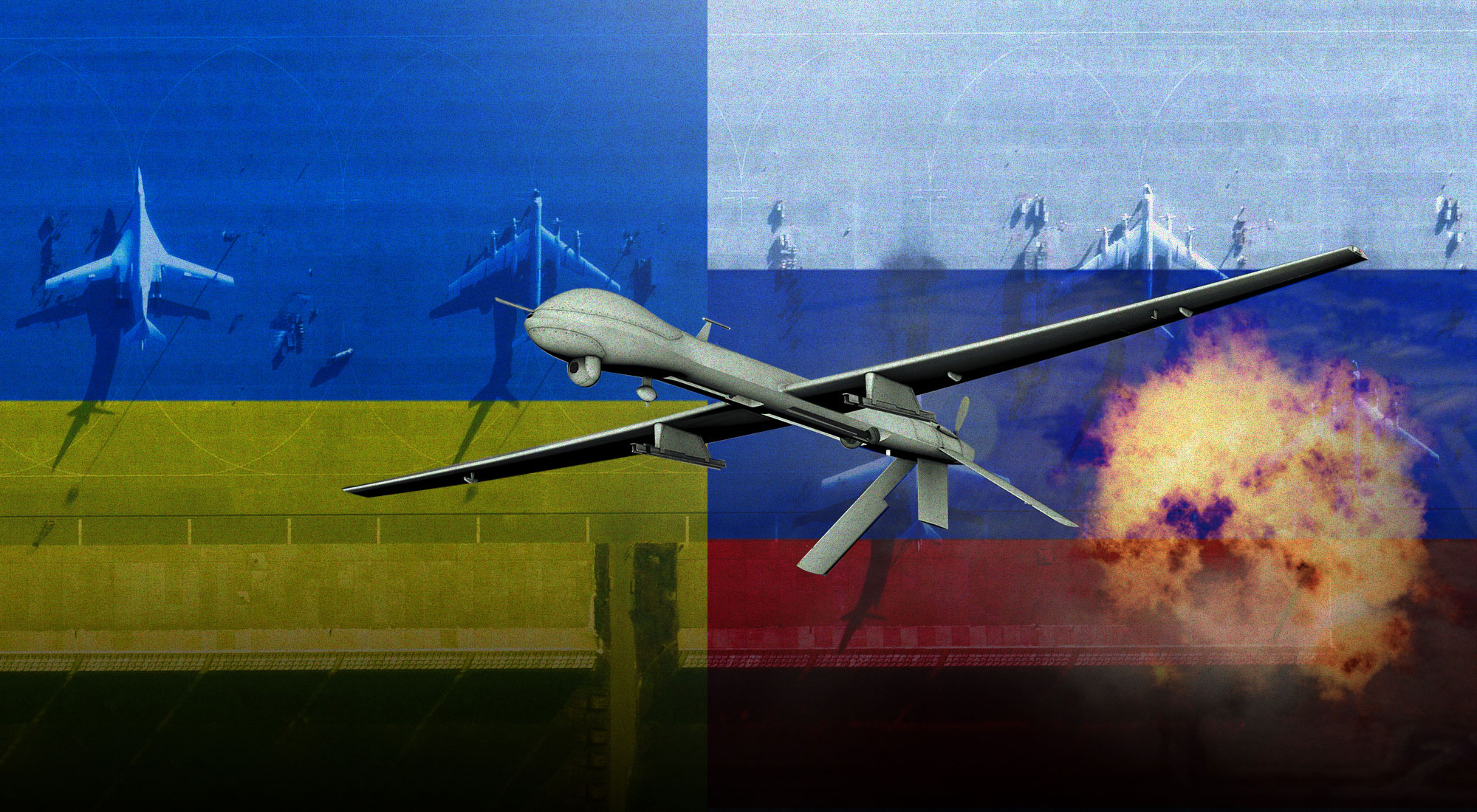North Korea’s nuclear forces continue to increase in size and sophistication. In early 2021, at the Eighth Party Congress of the Workers’ Party of Korea, North Korean leader Kim Jong Un delivered a report outlining a wide-ranging set of military modernization objectives. These included ambitious new delivery systems for nuclear weapons. In the months since Kim’s speech, a new missile testing campaign has kicked off. A single test in March 2021 was followed by a near six-month pause, but September and October 2021 have marked two of the most remarkable months for missile tests in North Korean history. Never before has such a variety of new weapon types been tested in such rapid succession in North Korea.
Across the board, three themes permeate recent North Korean missile testing. First, North Korea is keeping up—directly and indirectly—with new missile capabilities under development in South Korea. Many of these South Korean capabilities are, in turn, responses to advances in North Korean capabilities in the last decade. This inter-Korean arms race shows no signs of abating. Second, North Korea is focused on stressing and defeating U.S. and allied missile defense systems in Northeast Asia. Many of its missile systems tested since 2019 exhibit features that may augment penetrability against missile defenses. Finally, North Korea is seeking to improve both the survivability and responsiveness of its nuclear delivery systems. This is both to better withstand attempts at preemption by the United States and its allies, and to complicate planning and intelligence in peacetime for its adversaries.
Newly Demonstrated North Korean Capabilities in 2021
The ‘March 2021’ short-range ballistic missile
On March 25, 2021, North Korea launched two short-range ballistic missiles (SRBMs). State media described these missiles as “new-type” ballistic missiles with a 2,500-kilogram conventional payload. North Korea claimed the missiles flew to a range of 600 kilometers. According to South Korean authorities, the missiles flew to a range of 450 kilometers; Japanese authorities reported 420 and 430 kilometers for each of the two missiles. Physically, the missile appeared to resemble a scaled-up version of an SRBM first tested by North Korea in May 2019 and known to the U.S. intelligence community as the KN23.
These missiles appeared to be a direct North Korean response to South Korea’s Hyunmoo-4 SRBM, which is South Korea’s first heavy payload conventional missile—featuring a 2,000-kilogram warhead. Seoul began developing that system after the 2017 scrapping of the U.S.-South Korea Revised Missile Guidelines (RMG) payload restriction. The now-defunct guidelines were modified by the Trump administration to permit South Korea to develop missiles with any payload weight as long as their range remained under 800 kilometers (The RMG were terminated in May 2021 under the Biden administration).
A 2,500-kilogram warhead is well in excess of what would be required to deliver nuclear weapons. Instead, this missile appears to showcase North Korea’s ability to keep up with South Korea, which began testing the Hyunmoo-4 in early 2020. Days after this test, Kim Yo Jong, North Korean leader Kim Jong Un’s sister and a senior Workers’ Party of Korea official, criticized South Korean President Moon Jae-in for expressing regret over Pyongyang’s launch of these SRBMs, but celebrating the Hyunmoo-4 earlier.[1]
The long-range “strategic” cruise missile
On September 11, a few days after its National Foundation Day celebrations, North Korea tested a “new type long-range cruise missile”.[2] Two images released of the test showed a cruise missile that bore some physical resemblance to the U.S. Tomahawk. These tests were not independently reported on by South Korean or Japanese authorities formally, leaving limited information on the missile’s performance. North Korean state media claimed that the cruise missile flew for 1,500 kilometers and sustained a little more than 2 hours of continuous flight.
While cruise missiles are not a new capability for North Korea, a cruise missile of this range represents an order-of-magnitude leap. North Korea previously operated heavily modified Soviet-origin Kh-35 anti-ship cruise missiles. The new cruise missile was also described as a “strategic” weapon, which suggested a nuclear delivery role. While North Korea has developed compact, ballistic “missile-mateable” warheads, it is not clear if it has existing warhead designs that could be accommodated on a cruise missile. For in-flight stability reasons, cruise missile warheads need to be particularly compact and efficient.
In line with broader themes in North Korean missile testing since 2019, this new cruise missile would appear to give Pyongyang yet another offensive capability designed to stress and penetrate South Korea-based missile defense and missile warning systems. Cruise missiles, because they maneuver in the atmosphere for the entirety of their flight, may be able to attack South Korea-based targets from unexpected angles, complicating planning for the U.S.-South Korea alliance.
Rail-mobile launcher for short-range ballistic missiles
On September 15, North Korea carried out its first-ever ballistic missile launches from a converted rail car launcher.[3] Two missiles were launched from a converted railcar. This concept is uncommon for missile-basing today, but was used in a limited capacity by the Soviet Union and was studied by the United States during the Cold War. The test was described as an operational exercise, specifically as a “drill of the Railway Mobile Missile Regiment”, a newly formed regiment. Like other missile tests in North Korea since 2019, the adoption of rail mobility is likely a result of growing concerns in Pyongyang about the survivability of its missile forces. While rail-mobile missiles are not absolutely superior to road-mobile missiles, incorporating railcar-based missile launchers will create additional planning complications for the United States and South Korea. There may also be more mundane considerations for Pyongyang, such as the relatively lower support vehicle and maintenance requirements for rail-based missiles.
The missiles involved in these tests were KN23 solid fuel SRBMs. The introduction of rail mobility adds greater diversity to North Korea’s ground-based missile basing modes. North Korea has maintained a capable national railway network, which traces its origins back to before the country’s formation. In the mountainous northern provinces, its railway networks incorporate tunnels, which could provide suitable spaces for missile launchers to remain in peacetime. In a crisis, these rail-based launchers could be quickly prepared and flushed out for potential use. Pyongyang’s interest in rail car-based launchers may also reveal certain limits on industrial capacity for producing additional road-mobile missile launchers. North Korea has started to produce large launch vehicles largely indigenously, but rail mobility may provide an effective way to scale up its short-range missile force under existing constraints.
Hwasong-8 hypersonic glide-vehicle
On September 28, North Korea announced the inaugural test of the Hwasong–8, which was described as a “hypersonic missile” by state media.[4] A single photograph of the test appeared to show a large liquid-fueled missile booster—externally similar to the booster used by the Hwasong–12 intermediate-range ballistic missile—carrying an apparent hypersonic glide vehicle. Unlike ballistic missile reentry vehicles, hypersonic gliders reenter the Earth’s atmosphere early in flight and aerodynamically maneuver in unpowered flight to their target. This sort of a flight profile can, among other benefits, allow an attacker to bypass certain types of missile defenses, which are optimized to only manage ballistic missile reentry vehicles as they travel to their targets outside of the Earth’s atmosphere.
North Korea’s interest in a hypersonic glider is likely motivated by concerns about missile defense. Based on the state media report, it does not appear that the inaugural flight of the Hwasong–8 resulted in a successful full-range glide demonstration. In the past, North Korea would launch ballistic missiles on “lofted” trajectories to shorten their range and avoid overflying Japan; with a glider, “lofted” trajectories are not possible by definition. It is possible that this test had more limited goals; for instance, North Korean technicians could have been interested in observing the glider’s release from the booster versus assessing a full-range flight. However, there is limited information about this test from official sources; South Korean authorities reported that the missile flew to a distance of less than 200 kilometers, which is inconsistent with a full-range demonstration. Asides from missile defense, the pursuit of a hypersonic glide vehicle may be due to bureaucratic pressures to adopt a military technology widely seen as cutting edge and, as a result, prestigious. China, Russia, and the United States, among others, have active hypersonic glide vehicle programs.
Besides the glider, the state media description of this test noted that the Hwasong–8 was the first missile to demonstrate a technology known as ampulization. This was a Soviet technique to allow liquid-fueled missiles, which normally require fueling immediately prior to use, to remain in a fueled state for longer periods of time (for instance, on board submarines or in missile siloes). For North Korea, this would allow for an increasingly responsive and prompt nuclear force in a crisis. North Korea may disperse this technique of managing liquid-fueled missiles across its full arsenal in the coming years.
New-type submarine-launched ballistic missile
On October 19, North Korea conducted the first launch of a submarine-launched ballistic missile (SLBM) in two years.[5] However, this was the first claimed launch of a ballistic missile from an actual submarine (versus an underwater launch platform) since 2016. A modified Gorae-class ballistic missile submarine launched what appeared to be a short-range SLBM based on the KN23. In fact, this apparent design heritage helps explain why North Korea would undertake the inaugural launch of a new missile type from a submarine: the level of confidence in the repeatedly-tested KN23 motor is likely high at this point. In North Korea and elsewhere, initial launches of new missiles destined for submarines take place from launch platforms to avoid risking a submarine and its crew in the case of a failure.
Like the March 2021 SRBMs, this SLBM launch appears to yet again mirror image a capability seen in South Korea. In September 2021, the South Korean Ministry of National Defense released footage of the Hyunmoo-4-4 SLBM: Seoul’s first capability of this type. This SLBM test also highlighted North Korea’s ongoing naval modernization. While this short-range SLBM is unlikely to be permanently deployed, this test was yet another reminder of North Korea’s insistence in keeping up with South Korea. Because of the limited availability of submarines capable of launching ballistic missiles in North Korea—currently just one such seaworthy vessel exists—it is likely that Pyongyang will choose to assign longer-range SLBMs to these.
Conclusions
North Korea’s ongoing weapons-testing campaign is resulting in meaningful qualitative advances. The record so far in 2021 suggests that Kim Jong Un’s Eighth Party Congress military modernization ‘Wishlist’ is credible. For policymakers in the United States and in the region, this raises the uncomfortable prospect of Kim slowly working his way down that list. If current trends hold and diplomacy with North Korea remains at a standstill, Pyongyang may seek to resume the testing of intercontinental-range ballistic missiles (ICBMs). Kim has outlined plans for more responsive solid fuel-based ICBMs and missiles with multiple warheads. These developments would significantly complicate the already difficult prospects for constraining and slowing North Korea’s nuclear and missile programs.
Unlike in 2017, North Korea may be hesitant to cross the perceived ‘red line’ of ICBM testing given sensitivities in Beijing and, to a lesser degree, in Moscow. Both China and Russia, unlike in 2017, have expressed support for adjusting the international sanctions regime against North Korea—a position that may be untenable should North Korea resume ICBM testing or nuclear testing. For Kim, diplomatic and international considerations may, however, be secondary. The primary motivating factor for this year’s spate of testing concerns modernization and the pursuit of a more effective and capable nuclear deterrent. Kim Jong Un appears committed to this end at all costs for the moment.
References
[1] KCNA. 2021. ‘Vice-Director of Information and Publicity Department of WPK Central Committee Kim Yo Jong Releases Statement.’ https://kcnawatch.org/newstream/1617057125-409529928/vice-director-of-information-and-publicity-department-of-wpk-central-committee-kim-yo-jong-releases-statement/.
[2] Choe Sang Hun. New York Times. September 12, 2021. ‘North Korea Reports Long-Range Cruise Missile Test as Arms Race Intensifies’. https://www.nytimes.com/2021/09/13/world/asia/north-korea-cruise-missile-arms-race.html.
[3] Josh Smith. Reuters. September 16, 2021. ‘N.Korea says it tested new railway-borne missile system to strike ‘threatening forces’. https://www.reuters.com/world/asia-pacific/nkorea-launches-were-test-new-railway-borne-missile-system-kcna-2021-09-15/.
[4] William Gallo. Voice of America. September 29, 2021. ‘North Korea Tested a Hypersonic Missile. Here’s Why it Matters’. https://www.voanews.com/a/north-korea-tested-a-hypersonic-missile-here-s-why-it-matters-/6249922.html.
[5] Chaewon Chung, Jeongmin Kim, and Won-Gi Jung. NK News. October 19, 2021. ‘North Korea hails a ‘successful’ SLBM test from submarine’. https://www.nknews.org/2021/10/north-korea-hails-a-successful-slbm-test-from-submarine/?t=1643481095678.








